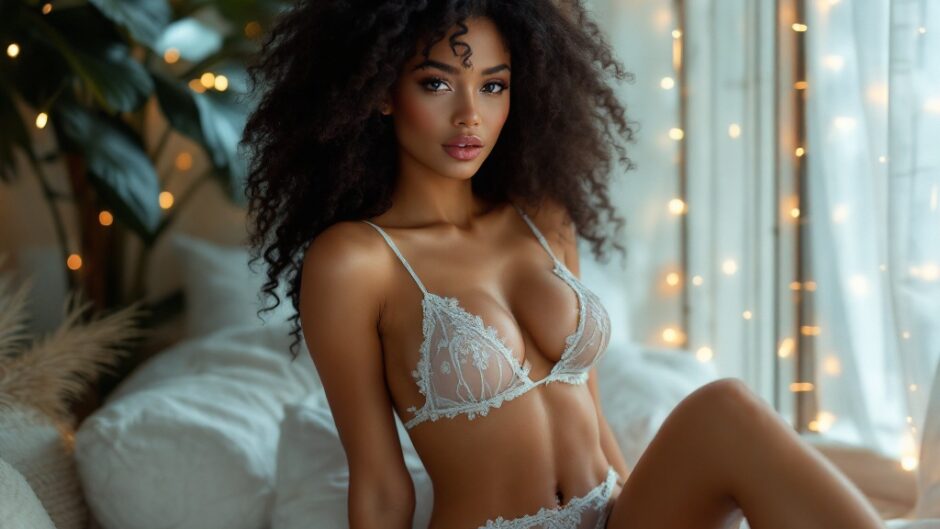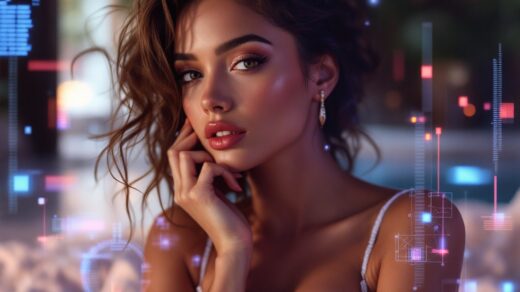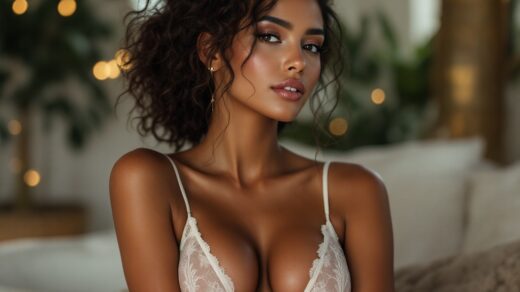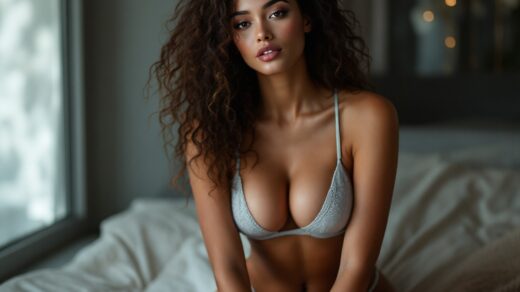The world of erotic visual arts has perpetually mirrored human yearning, ingenuity, and cultural representation. With the emergence of groundbreaking technologies, particularly artificial intelligence, this vibrant domain is undergoing a remarkable evolution. Artists are increasingly utilizing AI not merely as a tool for sparking ideas but as a collaborative partner in the artistry journey. Cutting-edge algorithms and machine learning methodologies provide fresh viewpoints that can culminate in distinctive artistic creations. This piece will delve into the multifaceted ways AI is transforming this captivating art form—from the advancement of techniques to the ethical dilemmas that arise alongside such innovations.
Historically, erotic visual arts have transitioned from ancient portrayals of human sexuality to modern artistic expressions that defy societal conventions. The mediums employed have undergone dramatic changes, with artists experimenting across a spectrum that includes painting, sculpture, and photography. As technology continues to progress, so do the creation methods, leading to the infusion of digital mechanisms and AI into the craft. Each period has introduced its unique aesthetics and thematic elements, expanding the boundaries of what is deemed erotic and artistic. From timeless sculptures to contemporary digital masterpieces, an intricate tapestry of styles reflects the influences of cultural contexts and the evolution of technology.
The Influence of AI in Artistic Creation
Presently, AI technologies are playing an essential part in the artistic creation process, particularly within erotic visual arts. Its impact spans various dimensions, such as generating original artworks, adapting styles, and even influencing the ideation stage of artistic production. Artists are utilizing AI to investigate themes and compositions that they might not have dared to explore without this digital ally. The harmony between human instinct and machine learning crafts a fresh synergy, often yielding surprising and provocative outcomes. Incorporating AI into the creative journey represents not just a fleeting trend but a fundamental transformation in how art can be imagined and realized.

Machine Learning and Artistic Style Transfer
A particularly intriguing element of AI in art is machine learning, most notably in relation to artistic style transfer. This technique allows artists to transfer the visual characteristics of one image onto the substance of another. For instance, an artist might capture the essence of a classic painting style and reinterpret it with a contemporary erotic theme. By harnessing the vast computational capabilities of AI, creators can experiment with countless styles and combinations, weaving together distinctive visual tales. This willingness to experiment paves the way for deeper creative exploration within erotic art, blurring the boundaries between the traditional and the avant-garde.
Generative Adversarial Networks (GANs) in Art
At the cutting edge of AI-generated art are Generative Adversarial Networks (GANs). This innovative technology functions through a competitive process involving two neural networks: the generator and the discriminator. The generator is responsible for crafting new images, while the discriminator assesses these creations for authenticity, compelling the generator to enhance its output consistently. The result is the emergence of exceptionally original pieces that can showcase both complexity and visual allure. A growing number of modern artists are embracing GANs to produce erotic art that challenges perceptions and invokes powerful emotional reactions.
| AI Technique | Summary | Artistic Utilization |
|---|---|---|
| Style Transfer | Transfers the aesthetics of one image onto another. | Reimagining renowned artworks with an erotic twist. |
| GANs | Creates novel images by learning from existing data sets. | Crafting entirely original erotic visuals. |
| Deep Learning | Analyzes vast quantities of data to uncover patterns. | Aiding in the conceptualization of new erotic ideas. |
The Consequences of AI-Generated Erotica
As is the case with any technological advancement, the emergence of AI-generated erotica invites a host of implications. Ethical dilemmas are at the forefront, particularly regarding consent, authorship, and copyright issues. The capacity for AI to produce hyper-realistic erotic images raises vital questions about authenticity and the potential objectification of subjects. Moreover, the merger of actual and generated content may create confusion surrounding the depiction of consent in artistic expressions. Artists and viewers are challenged to navigate a convoluted landscape where creative liberty must be weighed against ethical accountability.

Enhancing Artistic Collaboration with AI
The incorporation of AI into the artistic process can profoundly enrich collaboration. Rather than simply supplanting traditional techniques, AI acts as a digital collaborator that can invigorate artists and spur innovative thought. By offering fresh perspectives on visualization, artists can witness their visions manifested in unforeseen ways. Additionally, AI tools streamline the creative workflow, from the inception of ideas to the final product. This collaborative element can foster a more vibrant exchange of thoughts and facilitate a more dynamic creative journey.
Success Stories from the Community
A multitude of artists have adeptly harnessed AI to produce enchanting erotic works. Here are a handful of noteworthy instances:
- Artist A: Employed GANs to create a series of erotic visuals that merge classical themes with contemporary elements, challenging the precepts of both realms.
- Artist B: Utilized machine learning algorithms to design interactive installations that react to audience input, inviting more profound engagement with erotic concepts.
- Artist C: Harnessed style transfer to reinterpret iconic artworks through a modern erotic lens, sparking meaningful conversations on historical representation in art.
Challenges and Limitations of AI in Erotic Arts
While the possibilities AI brings forth are exhilarating for artistic innovation, it also introduces challenges and limitations. Some creators voice concerns about losing the emotional nuances that come from manual artistry. Others express unease about an over-dependence on technology, which may dilute the genuine expression of human experiences. Furthermore, accessibility issues arise, as not every artist possesses the resources or expertise to effectively employ AI tools. Ultimately, the rapid pace of technological advancement creates a perpetually shifting environment that artists must navigate.
Conclusion
AI is unequivocally influencing the future landscape of erotic visual arts, unveiling a plethora of new avenues for expression and collaboration. As artists harness technology to broaden the horizons of their work, society is equally called upon to engage in more profound dialogues about ethics and representation. The convergence of human creativity and artificial intelligence is poised to continue unfolding, igniting both enthusiasm and debate. Embracing this transformation demands an open mindset and a readiness to critically examine the implications of merging technology with one of humanity’s oldest forms of expression.
FAQ
- What effect does AI have on creativity in erotic art?
AI tools spark creativity by introducing new techniques and styles for artists to explore, encouraging greater experimentation. - Are there ethical considerations tied to AI-generated erotic art?
Absolutely, ethical questions encompass issues of consent, ownership, and potential misuse of the generated content. - What are artists’ views on using AI in their creations?
Responses vary; while some embrace AI as a creative collaborator, others are cautious about its implications for artistic authenticity. - Can AI replace human artists in the realm of erotic visual arts?
Though AI can augment and inspire creative efforts, it is improbable that it will ever fully substitute for the emotional richness and intuition that human artists contribute to their work.



